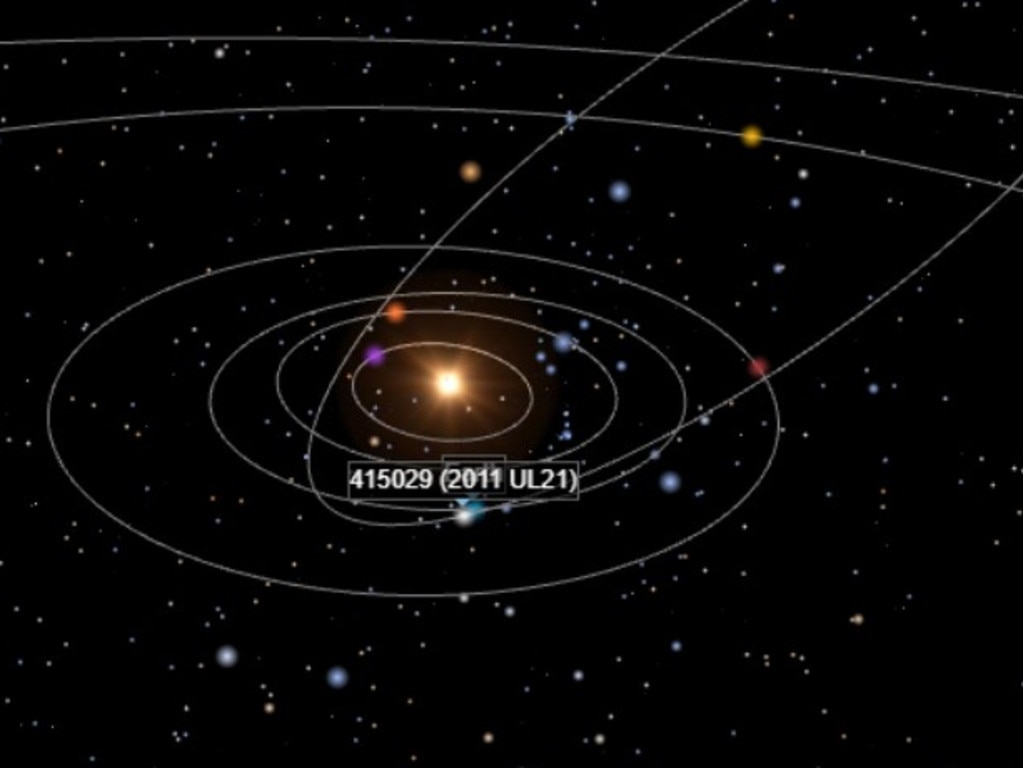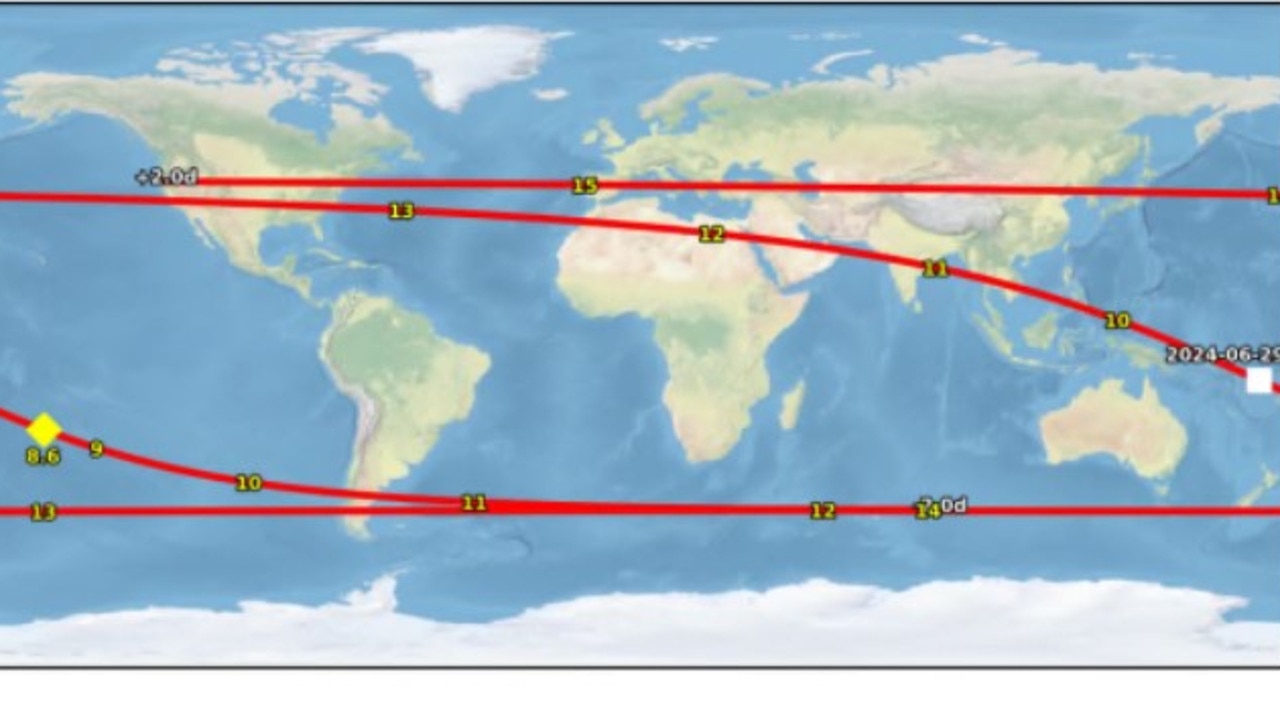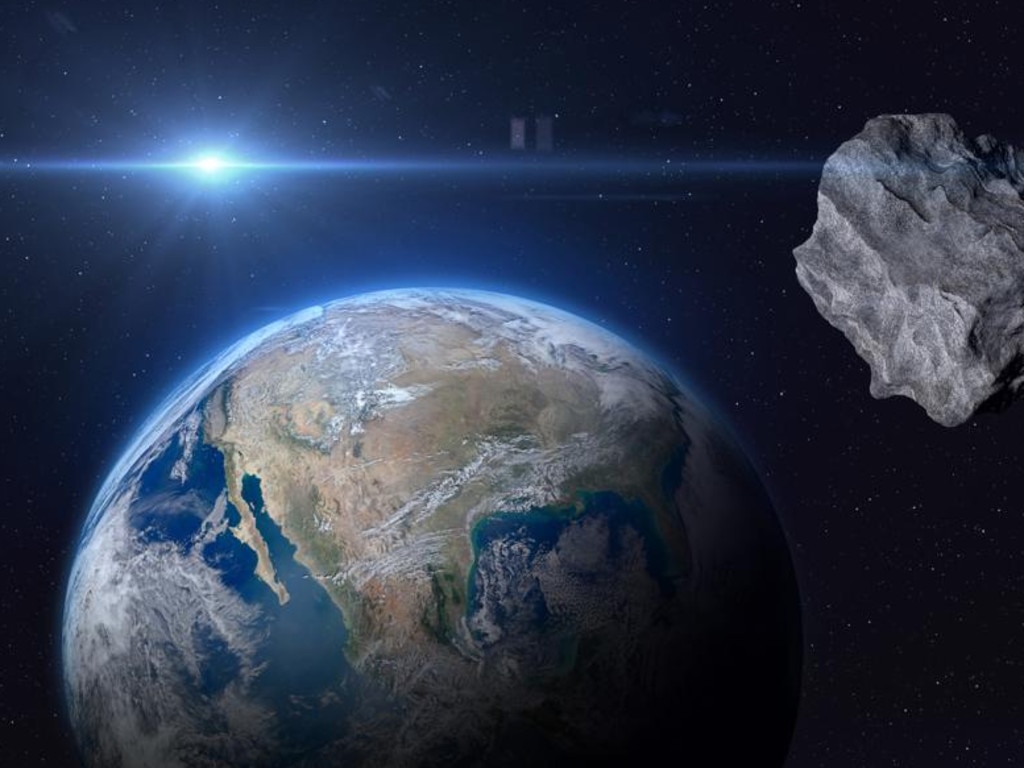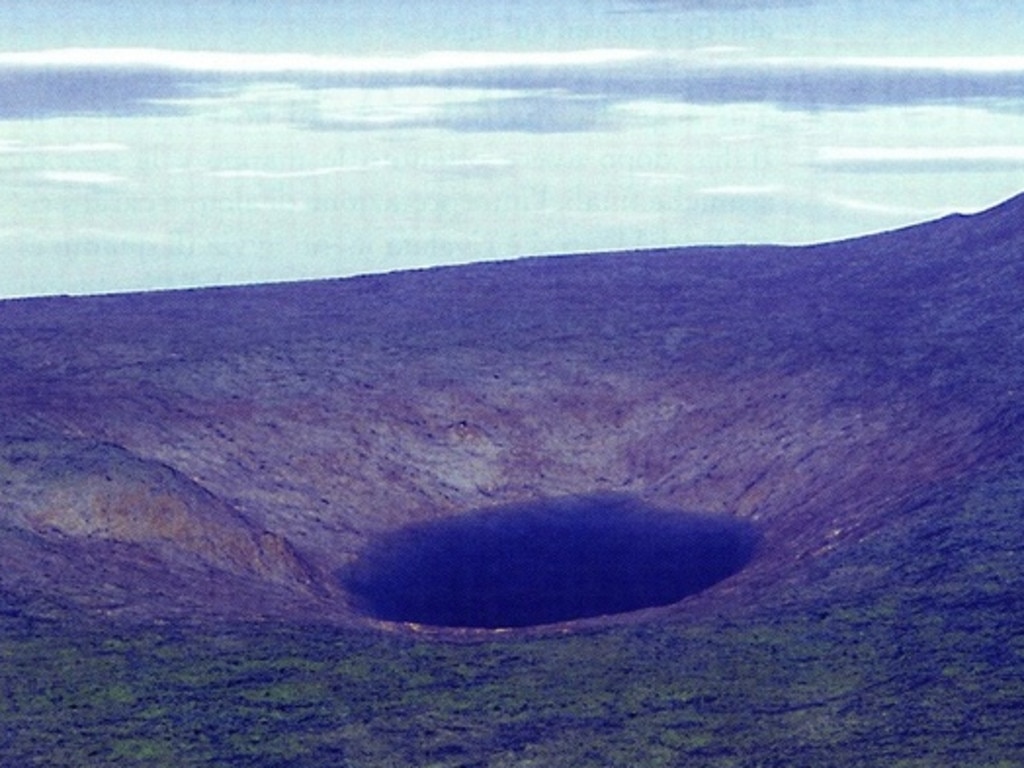NASA’s ‘Planet Killer’ asteroid discovery
A “Planet Killer” asteroid big enough to kill a million people, has passed close to Earth, leaving scientist stunned by one alarming detail.
They gatecrashed the United Nations International Asteroid Awareness Day. And they put on an unexpected show.
One was the “planet killer” Asteroid 2011 UL21.
This enormous lump of rubble and ice is among the largest 1 per cent of known near-Earth objects.
NASA has categorised it as “potentially hazardous” – though current projections of its orbit over the next century show it’s unlikely to be a serious risk anytime soon.


The other was an unexpected drop-in.
Asteroid 2024 MK came much, much closer. It was only discovered weeks before it cut between the Moon’s and Earth’s orbit.
And it turned out to be bigger than the Great Pyramid of Giza – enough to destroy a large city and kill more than a million people.

Astronomers took the opportunity to take a good look at these poorly understood Solar System wanderers.
Both delivered their own surprise.
Unexpected discoveries
The Mount Everest-sized 415029 (2011 UL21) proved to be sufficiently large to attract its own moonlet.
This was discovered lurking in the asteroid’s shadow as it flashed past Earth at 25.9 kilometres a second (75.5 times the speed of sound).
The 150m wide Asteroid 2024 MK approached as expected to about 290,000km above the Earth’s atmosphere, about 70 per cent of the distance to the Moon. But it then took an unanticipated turn.
Earth pulled it closer.
This means the space rock has “significantly” altered its trajectory.
Its orbital loop is now shorter.
Previously calculated to cross Earth’s path once every 3.3 years, its new orbit – which takes it out between Mars and Jupiter – has been shortened by 24 days.
But NASA has issued a statement saying “its future motion shows that it does not pose a threat to our planet for the foreseeable future”.
Under the microscope
“The radar observations taken during these two close approaches will provide valuable practice for planetary defence, as well as information about their sizes, orbits, rotation, surface details, and clues as to their composition and formation,” says NASA.
Asteroid 2024 MK was first spotted by NASA’s Asteroid Terrestrial-impact Last Alert System (ATLAS) facility in South Africa on June 16. It made its closest pass just 13 days later.
That was enough time for astronomers at the Goldstone Deep Space Communications Complex in California to re-target its 70m Deep Space Station 14 Radar telescope.
This bounced high-powered radio waves off the asteroid as it sped past. Despite the distance, the radar had enough resolution to peer through the darkness of space to capture a series of grainy images of its surface.
These reveal an irregular boulder, twisted and deformed by a series of ridges and troughs.
“Close approaches of near-Earth objects the size of 2024 MK are relatively rare, occurring about every couple of decades,” says NASA. “This was an extraordinary opportunity to investigate the physical properties and obtain detailed images of a near-Earth asteroid.”

Planet Killer 2011 UL21 is one of the top 10 largest asteroids to pass as close as it did since observations began more than a century ago.
It has been under observation for more than a decade. And its near-Earth passage on June 27 – the closest it’s been for 110 years – was at a comfortable 6.6 million kilometres (17 times further than the Moon).
Far blurrier than 2024 MK because of the significantly greater distance, the high-resolution radar still managed to reveal the space mountain to be roughly spherical in shape.
Previously, its size had been estimated as somewhere between 1.5 and 3.8 kilometres in diameter. This was based on the sporadic reflections of sunlight captured by telescopes as it tumbled through the solar system.
The radar scan has considerably refined this figure, revealing it to be about 1.6km wide.
It also captured the unexpected presence of a moonlet.
This much smaller rock orbits the main body at about 3km.
But the next time we will get a chance to look at 2011 UL21 and its companion won’t be until 2089. It’s expected to come somewhat closer than this pass at 2.7 million kilometres.
“It is thought that about two-thirds of asteroids of this size are binary systems,” says Jet Propulsion Laboratory (JPL) principal scientist Lance Benner. “Their discovery is particularly important because we can use measurements of their relative positions to estimate their mutual orbits, masses, and densities, which provide key information about how they may have formed.”

Assessing the risk
Earth is sandblasted by half a ton of space dust every hour. Smaller rocks (marbles up to bowling balls) explode in the atmosphere a few times each day. It takes a beach ball-sized meteoroid to scatter meteorites across the ground. A few of these hit each month.
Ones large enough to cause damage to the surface – anything above 20m across – are much rarer.
Even so, astronomers estimate that about 5 million objects fall into this category and cross paths with Earth’s orbit.
That earns them the designation of NEO (Near Earth Object).
Something the size of a big rig truck hits two or three times each century. These generally hit the ocean (Earth is, after all, 71 per cent ocean).
But some produce a Tunguska-like event that flattened 2200 square kilometres of forest in Siberia on June 30, 1908.

On average, asteroids larger than 140m across hit once every 25,000 years. These can trigger tsunamis and firestorms large enough to kill millions.
“Planet Killers”, anything larger than 1km, hit roughly once every 600,000 years. These can devastate continents and trigger a global climate crisis.
The biggest challenge is seeing them coming early enough to do something about it.
But NASA, the European Space Agency and China’s space agency are all taking a growing interest in mapping the heavens, and visiting asteroids to understand their composition and history.
China’s National Space Administration says it wants to follow the example of NASA’s 2022 Double Asteroid Redirection Test (DART) that slammed a small spacecraft into an asteroid to see if this was enough to deflect its course.
It wants to impact the 30m asteroid 2015 XF261before the decade’s end.
But different asteroids are expected to behave differently when impacted.
“Dirty snowballs” may fragment. Loose clumps of rubble may shatter. Other, more solid bodies may be nudged off course.
One new study suggests about 60 per cent of all near-Earth objects could be “dark comets”.
These likely have cores of ice under dusty surfaces. Occasionally, enough ice gets exposed to evaporate and nudge them out of their orbit between Mars and Jupiter.
This may be why Earth has so much water.
“Near-Earth objects don’t stay on their current orbits very long because the near-Earth environment is messy,” the researchers say.
“They only stay in the near-Earth environment for around 10 million years. Because the solar system is much older than that, that means near-Earth objects are coming from somewhere — that we’re constantly being fed near-Earth objects from another, much larger source.”
More Coverage
Originally published as NASA’s ‘Planet Killer’ asteroid discovery





